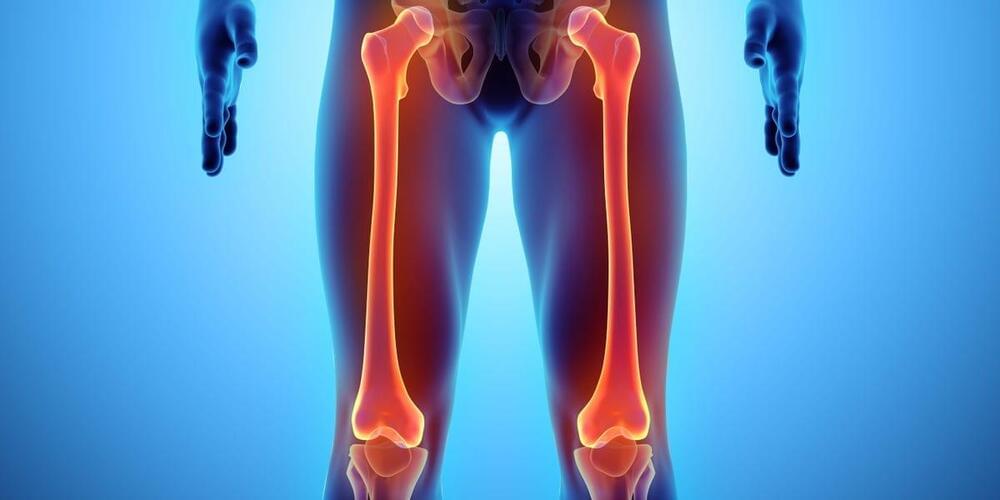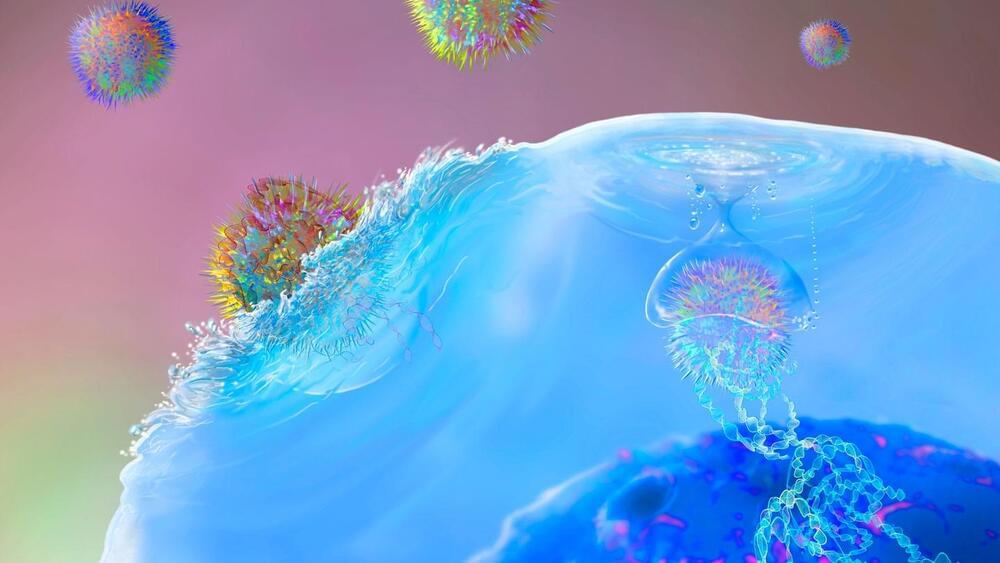The NASA telescope images show a stellar birthplace, the gassy environs of a dying star, a galaxy smashup and the deepest view into the cosmos yet.
Get the latest international news and world events from around the world.
Direct Neural Interface & DARPA — Dr Justin Sanchez
The future of mind-controlled machines might not be as far away as we think.
As director of DARPA’s Biological Technologies Office, Dr Justin Sanchez is part of a team that is looking at how to decode brain signals and use them to control robotic prosthetics.
His research includes the visualisation and decoding of brain activity, the development of devices that could help patients with memory deficits, and advanced prosthetic arm systems that could restore feeling and movement after an injury.
The former associate professor of Biomedical Engineering and Neuroscience at the University of Miami has also looked at the potential of neurotechnology for treating paralysis, Tourette’s Syndrome and Obsessive Compulsive Disorder.
In this talk Dr Justin Sanchez takes us through various real world applications of direct neural interfaces.
–

AI Art Generators Plus Robots are the ‘Movie Like’ Evil Machine Makers
The resulting artwork has its own particular aesthetic, defined by swirling shapes and incoherent objects. The real magic, though, is that no matter what you type, the app will generate something visually compelling (at least until we get too used to these toys) and that matches your prompt in often surprisingly opposite ways.
UK-based robotics company Engineered Arts just gave an ultra-realistic-looking humanoid robot Ameca a voice. Ameca is the world’s most advanced human-shaped robot representing the forefront of human-robotics technology. In a new video, the company showed off Ameca having a conversation with a number of the company’s engineers, courtesy of a speech synthesizer and OpenAI’s GPT 3, a cutting-edge language model that uses deep learning to generate impressively human-like text.

Rocket Lab celebrates 30th launch and 150th satellite sent to orbit
Today’s launch by Rocket Lab, “The Owl Spreads Its Wings,” was as unremarkable as a rocket going to orbit can be, but it also marked a few milestones for the growing space company: 30 launches and 150 satellites taken to space.
The company’s first trip to orbit was in January of 2018, technically Electron’s second test flight but the first successful delivery of a payload to space. That was after more than 10 years of design, engineering and manufacturing since the company was founded in 2006.
It then had an unbroken streak of 18 launches, but on its 20th there was an anomaly and it lost the payload and vehicle. But as founder and CEO Peter Beck told me shortly afterwards, “no more than seconds after we realized that we had an anomaly on our hands, the team was already working it.” And they were clear to fly a month later.

Revolut founder Nik Storonsky hires CEO for his AI-powered VC firm
Revolut founder Nik Storonsky appears to have named the CEO of his AI-powered venture capital firm Quantum Light Capital.
Ilya Kondrashov, most recently the founder and advisor to Dubai-based family office Five8 Foundation, joined Quantum Light Capital as its chief executive this month, according to his LinkedIn profile.
Before Five8, Kondrashov held executive positions and founded small business credit startup MarketFinance, which was backed by banking giant Barclays and venture capital firm Northzone. On his Twitter page, he describes himself as an “entrepreneur and investor”, with interests in fintech, SaaS and Web3.


Researchers May Have Actually Managed To Hear The Background ‘Hum’ Of The Universe
I know, it might sound a bit out there, but it seems we’re able to hear more than you’d expect. Researchers have managed to hear something that they believe is the ‘hum’ of the universe and well, the concept in itself is mind-blowing.
While this ‘hum’ isn’t exactly what you’d expect, it is quite interesting to learn about. You see, because there is no air in space it’s not actually a sound at all but rather more or less something quite different. This finding overall comes from astronomers at the North American Nanohertz Observatory for Gravitational Waves also known as ‘NANOGrav.’ Overall this hum could really help us better understand the history of the universe in time as we further research it.
NANOGrav wrote as follows on this topic:


